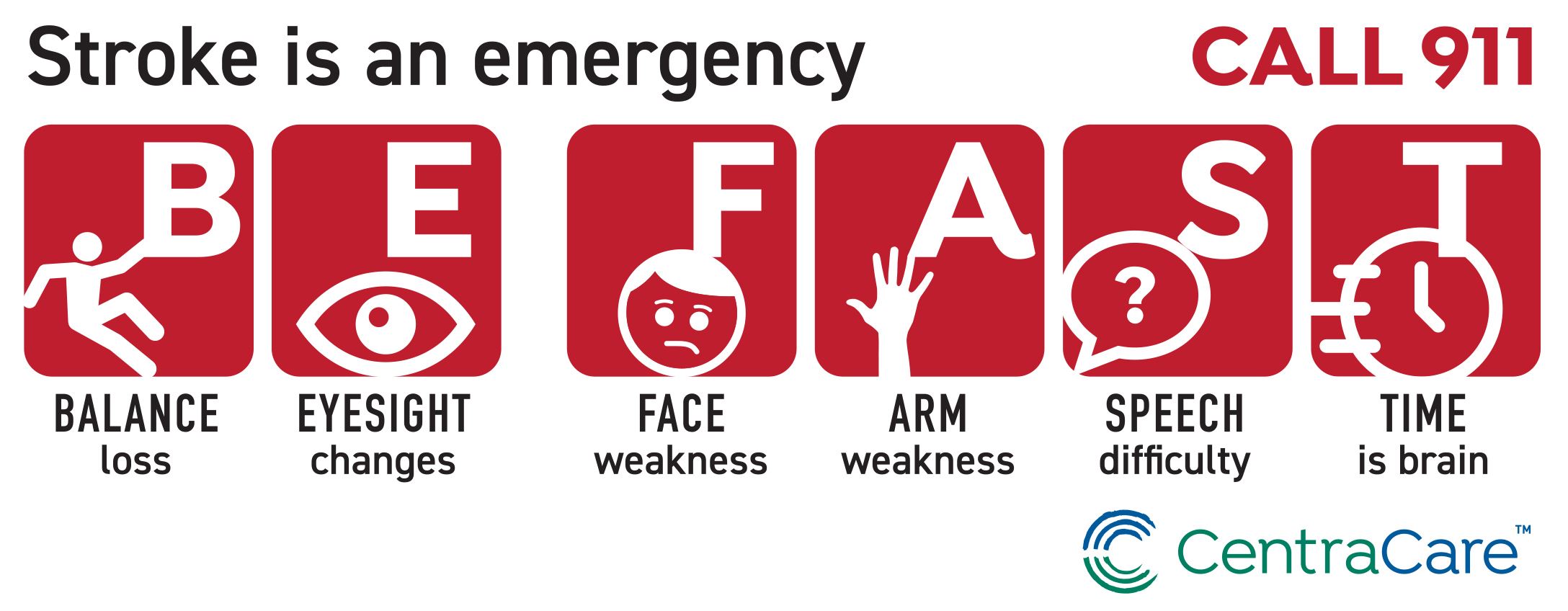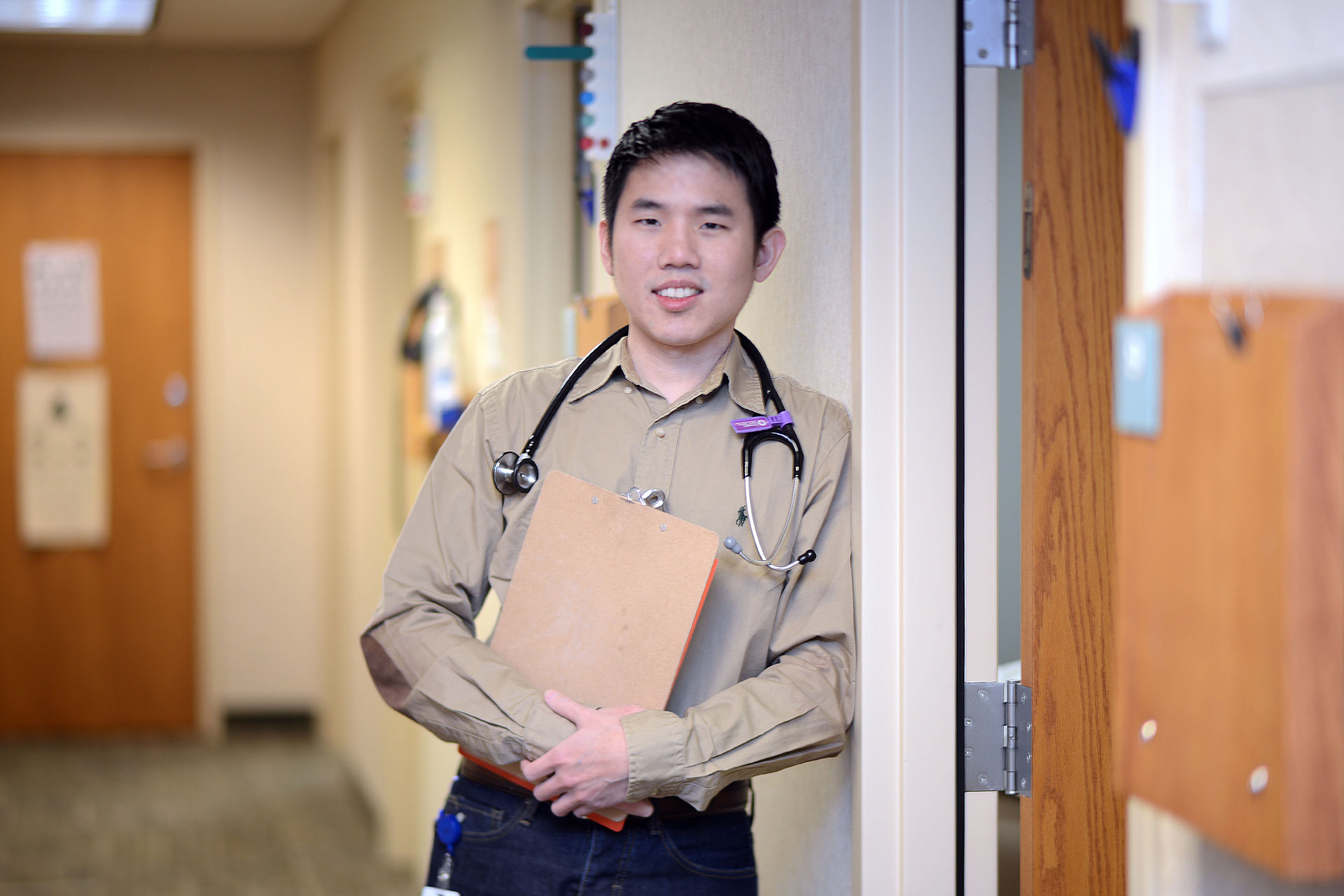Be Stroke Savvy: Recognizing the Signs of Stroke
It's the fifth-leading cause of death in the United States; in fact, every year approximately 795,000 people in the U.S. have a stroke. It's also a leading cause of long-term disability in adults. It's stroke. And it's something that internal medicine physician Dr. Dexter Casta sees far too often in his practice.
Most commonly, a stroke interrupts blood flow to an area of the brain and brain cells in that area begin to die because they aren't getting the oxygen they need to function. A stroke, however, can also be from a bleed inside the brain (hemorrhagic stroke). Typically a person having a stroke will present with localized symptoms such as weakness, tingling, numbness or slurring of speech.
"When it comes to stroke, every minute counts. Immediate evaluation and treatment not only saves lives, but allows for a greater chance at a successful recovery," said Dr. Casta. "I see many elderly patients who've had a stroke and are able to lead full lives with little or no disability because they got the help they needed immediately."
"Depending on the severity, an ongoing occlusive stroke may be reversed using something called a clot buster. Typically this can be done only if within four hours of the first symptoms of the stroke," he said.
The symptoms of stroke strike quickly; they don't come on over a period of months. That's why Dr. Casta wants you to know how important it is to recognize the signs:
- Numbness or weakness of the face, arm, or leg (especially on one side of the body)
- Confusion, trouble speaking or understanding speech
- Trouble seeing in one or both eyes
- Trouble walking, dizziness, loss of balance or coordination
- Severe headache with no known cause
"The most important thing I can tell you is that if you suspect someone is having a stroke, it's important to think FAST," he said.
FAST can help you easily recognize the symptoms of stroke.
- F (Face): If one side of a person's face suddenly becomes droopy, it could be a sign of stroke.
- A (Arms): If you suspect someone is having a stroke, ask them to lift their arms out in front of themselves. If one arm drifts down, or they can't hold it up, they may be having a stroke.
- S (Speech): Monitor the speech of a suspected stroke victim for signs that they are slurring words, can't seem to form words correctly or don't seem to understand you.
- T (Time): When someone has a stroke, getting help quickly is very important.

"I hope you'll never have or have to witness someone having a stroke, but if you do, knowing the signs can help give someone the greatest gift — saving their life," Dr. Casta said.
What can I do to prevent a stroke?
It's true that we can't know when a stroke will strike, but leading a healthy lifestyle is the best way to prevent stroke. Risk factors that increase your chances of having a stroke include:
- High blood pressure
- Heart disease (such as Atrial fibrillation)
- Smoking
- Diabetes
- High cholesterol
If you smoke — quit. If you have high blood pressure, heart disease, diabetes, or high cholesterol, getting them under control — and keeping them under control – will greatly reduce your chances of having a stroke.
